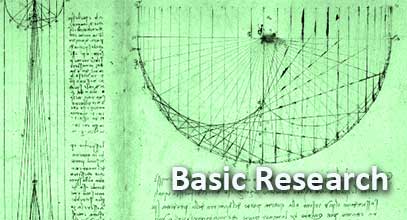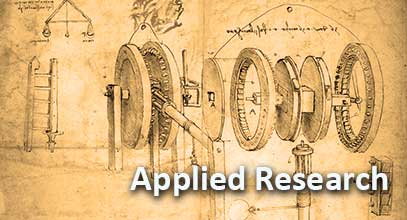Home
20 September 2021
This study is a continuation of the project “Selfhood triumvirate” that has been done in collaboration with Dr. Tarja Kallio-Tamminen and was focused on eight spontaneously emerging, brief episodes of vivid altered states of Selfhood (ASoSs) that occurred during mental exercise in six long-term meditators by using a neurophenomenological electroencephalography (EEG) approach. It has been published in the SpringerNature journal Cognitive Neurodynamics. The free read is available here.
13 October 2020
BM-Science in collaborative partnership with Kalpataru has finalised the project that aims to reveal the secretes of Selfhood. The results are published (see the article) in the Consciousness and Cognition journal.
Recently, a three-dimensional construct model for complex experiential Selfhood has been proposed (Fingelkurts et al., 2016a and Fingelkurts et al., 2016b). The current project aimed to test a direct causative relationship between three phenomenological aspects of Selfhood
- Brain QiGong research project
- A paper on spatio-temporal brain dynamics that urges to bridge the “epistemic gap” between brain and mental realities through the dynamics of the brain’s time and space is published
- A neurophysiological hypothesis based on the three-dimensional model of Selfhood to account for the therapeutic actions of EMDR is proposed
- The new study reporting first ever neuroimaging screening of the coaching training is published



